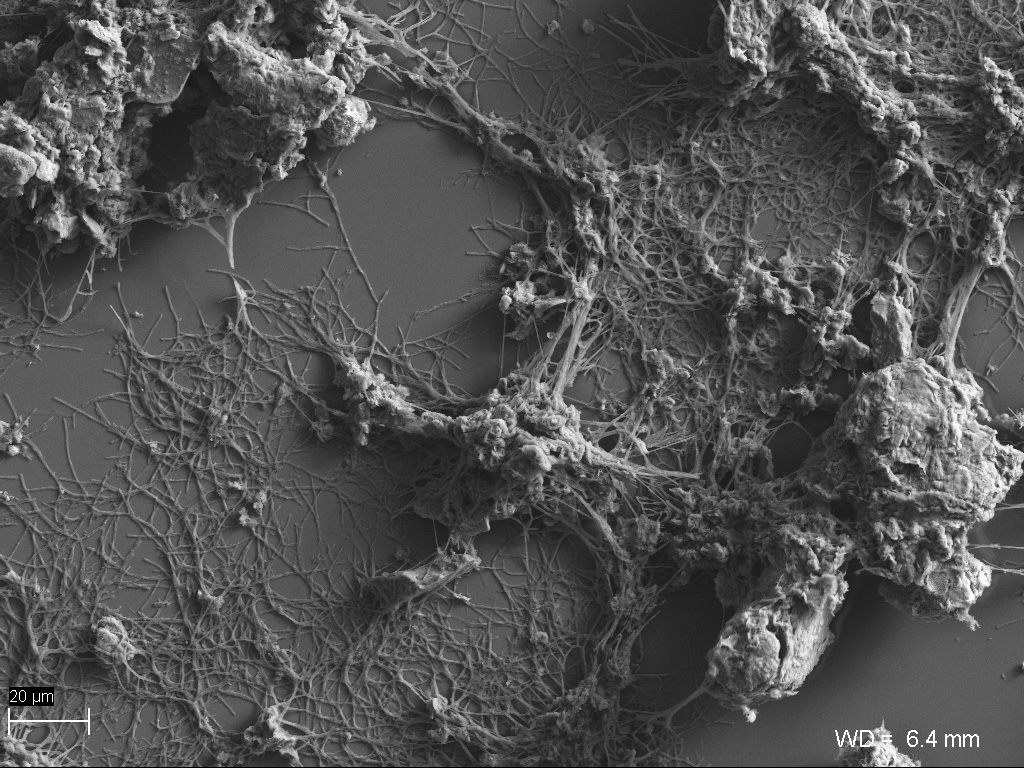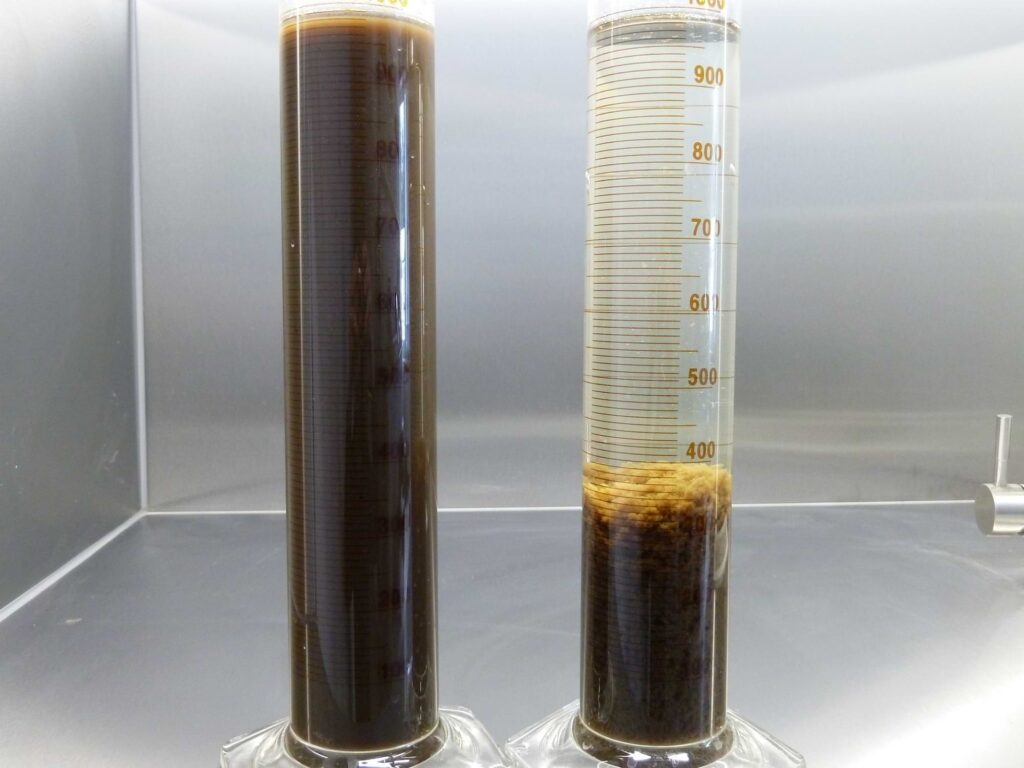Enhancing the nitrification process
Prepare your sludge for the winter season
Many wastewater treatment plants face systematic disruptions in the nitrification processes, especially during the autumn-winter or early spring periods, which may be attributed to fluctuations in wastewater temperature. Any decrease in temperature can significantly impact the growth of bacteria, especially mesophilic ones, limiting their activity, which plays a substantial role in the removal of specific pollutants. During dry weather conditions, wastewater temperatures can drop by an average of 2 degrees Celsius within a day. However, a noticeable decrease is observed when there is rainfall or snowmelt during winter, where the excess inflow of water with wastewater can worsen the biological processes in the treatment plant. Therefore, reduced wastewater temperature can have a significant impact primarily on the efficiency of nitrogen compound removal. Another factor could be the influence of a constant inflow of excessive pollutant loads, whether for municipal or industrial wastewater treatment plants utilizing the activated sludge method.
In such situations, systematic dosing during the autumn-winter period contributes to the increase in the population of aerobic bacteria and ensures a consistent and controlled reduction of the excess inflow load, including ammonium nitrogen, total nitrogen, COD (Chemical Oxygen Demand), and phosphorus. DuoBent, once introduced into the sludge, circulates within the system, creating a kind of safety buffer to accommodate uncontrolled or periodically increased inflow loads at the treatment plant (e.g., in tourist areas or industrial wastewater with campaign-like characteristics).
Furthermore, research conducted at BIOM Biological Laboratory demonstrated the potential for a tenfold increase in the population of aerobic bacteria after the application of DuoBent compared to the control group. The study on the impact of DuoBent on the population of aerobic bacteria in the active sludge was continued for a period of 60 days. In the sludge cultured without DuoBent, the bacterial population increased from 1.9 x 10^6 CFU/g s.s. to 5.5 x 10^6 CFU/g s.s. Meanwhile, in the sludge treated with DuoBent, the bacterial count was significantly higher and ranged from 5.5 x 10^7 CFU/g s.s. to 1.1 x 10^8 CFU/g s.s.
By doing so, we create a favorable environment for the development of nitrifying bacteria on the surface of submicron particles of DuoBent, which directly contributes to improving the parameters of the treated wastewater, effectively reducing pollutants.
We invite you to explore the full content of the articles:
Learn more

Limiting the bacterial population of radiotrophic bacteria

Safe use of DuoBent

Improving the sedimentation of sludge in SBR reactors



